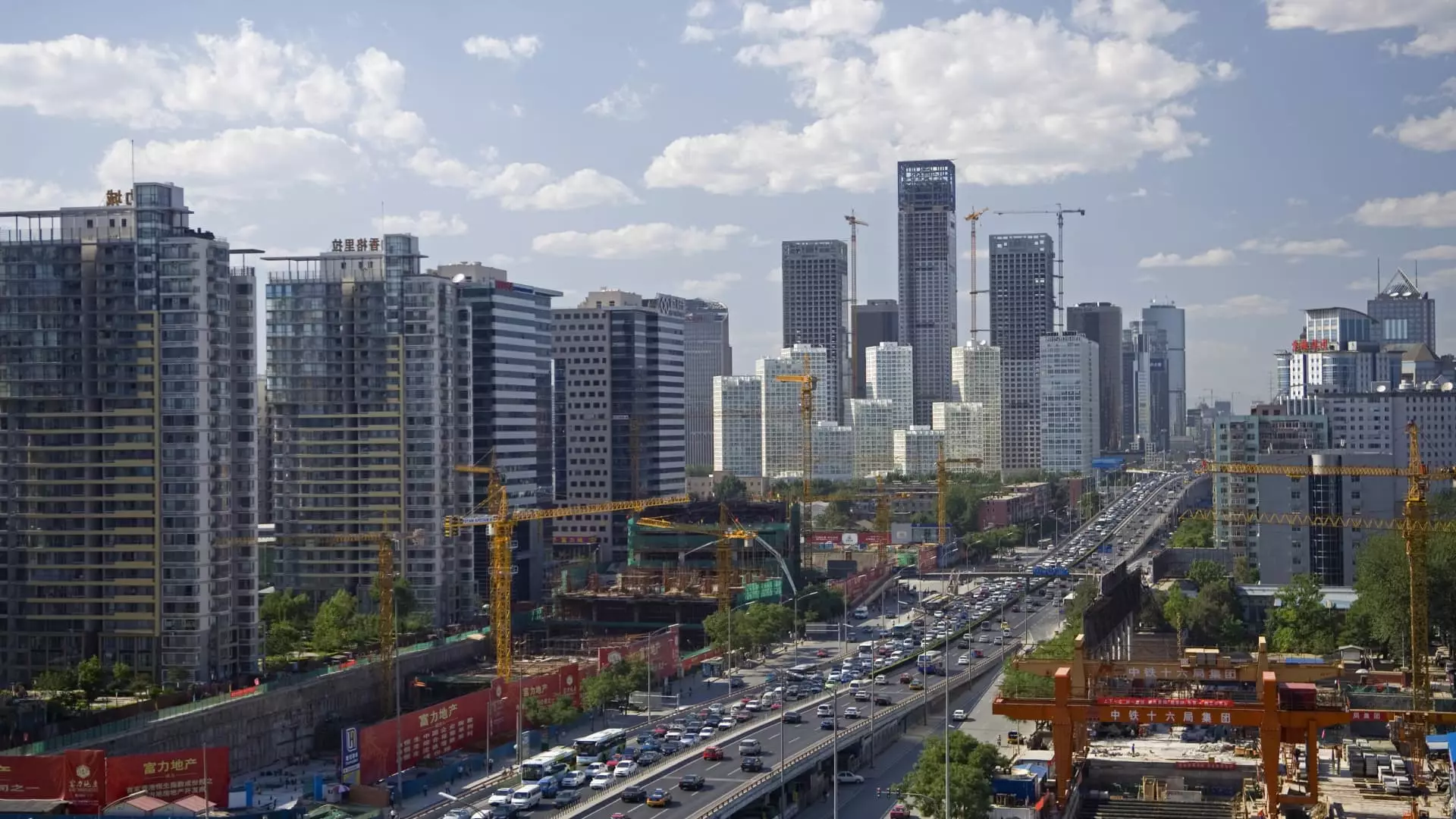Despite the tumultuous geopolitical landscape and looming tariff threats from the United States, China’s economy reported a surprising expansion of 5.4% in the first quarter of the year. This growth defied the gloomy forecasts of many investment banks that rushed to downgrade their annual expectations, which reflected a more cautious approach to a complicated and turbulent economic environment. While a 5.4% growth is commendable, particularly in light of the external pressures, this figure should be approached with caution as it does not tell the complete story of China’s economic health. Since late 2024, China has been on a recovery trajectory, buttressed by an aggressive policy stimulus. However, the sustainability of this momentum is questionable when assessments of the broader economic context are taken into account.
Retail and Industrial Output: A Mirage?
March saw retail sales soar by an impressive 5.9% year on year, outpacing analyst expectations. Industrial output, showing a 7.7% increase, also exceeded forecasts. However, these numbers appear more like a short-term blip than a sign of enduring health. The crux of the issue lies in the real estate sector, which continues to drag on investment, declining by 9.9% year-on-year as of March. While it is heartening to see certain sectors like infrastructure and manufacturing gaining traction, their recovery is built on shaky ground. This presents a troubling scenario: will retail and industrial growth remain robust, or will it pale in comparison to the larger shadows cast by the plummeting real estate market?
Rising Unemployment: A Ticking Time Bomb
In a further cause for concern, the urban unemployment rate, which ticked down to 5.2% in March from a two-year high of 5.4% earlier, is not a cause for complacency. The global economy is evolving, and so too is the nature of work. The recent dips do not necessarily reflect a healthy job market but may serve as a façade that masks deeper issues. The optimism expressed by the National Statistics Bureau regarding China being “off to a good and steady start” must be scrutinized under the reality of insufficient domestic demand. Without meaningful reforms to boost employment and job security, we risk seeing the unemployment figure rebound—and with it, increased social unrest.
Political Underpinnings and Economic Strategy
China’s leadership has set a relatively ambitious target of achieving a 5% growth rate for the year, yet this goal feels increasingly unrealistic given present conditions. Analysts warn that escalating tensions in the trade war with the U.S. are inflicting visible wounds on the economy, evident through the considerable drop in exports—a critical lifeblood for China’s economic machine. The aggressive tit-for-tat tariffs, now peaking at 145% on Chinese goods, threaten to suffocate the burgeoning export market. As these taxes increase, so does the risk that many businesses, especially smaller enterprises, will face insurmountable challenges, leading to further job losses and declining consumer confidence.
Domestic Consumption: The Crux of Recovery
The Chinese bureaucracy must recognize the urgency of enhancing domestic consumption, reducing overdependence on exports, and stimulating the housing market. Analysts highlight the necessity for proactive policies, emphasizing the need for comprehensive monetary easing and targeted fiscal stimulus. Without this, the projected economic decline will unfold severely, potentially resulting in catastrophic consequences for average citizens whose livelihoods are increasingly precarious.
The move by investment banks to forecast J-shaped recovery for the Chinese economy, with UBS predicting a mere 3.4% growth, paints a dispiriting picture of current realities. Government responses may come too little too late unless drastic measures are taken in a timely manner. An excessive reliance on past trends will only lead policymakers astray as they face a radically different economic environment than in previous decades.
In Summary
The hope is that China’s resilience can withstand these surging pressures, but optimism must be tempered with realism. What happens next will ultimately depend on the government’s ability to implement effective structural adjustments and respond to both internal and external challenges. Should they falter, the ramifications will reverberate far beyond China’s borders, affecting global markets and geopolitics alike. The situation calls for immediate, serious reevaluation rather than the complacency that often arises from superficial growth statistics.

